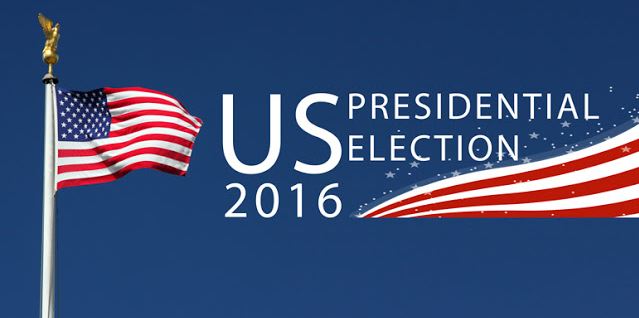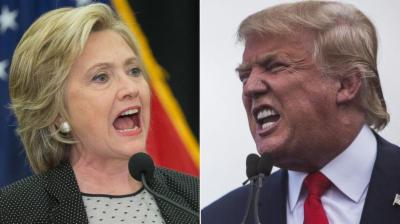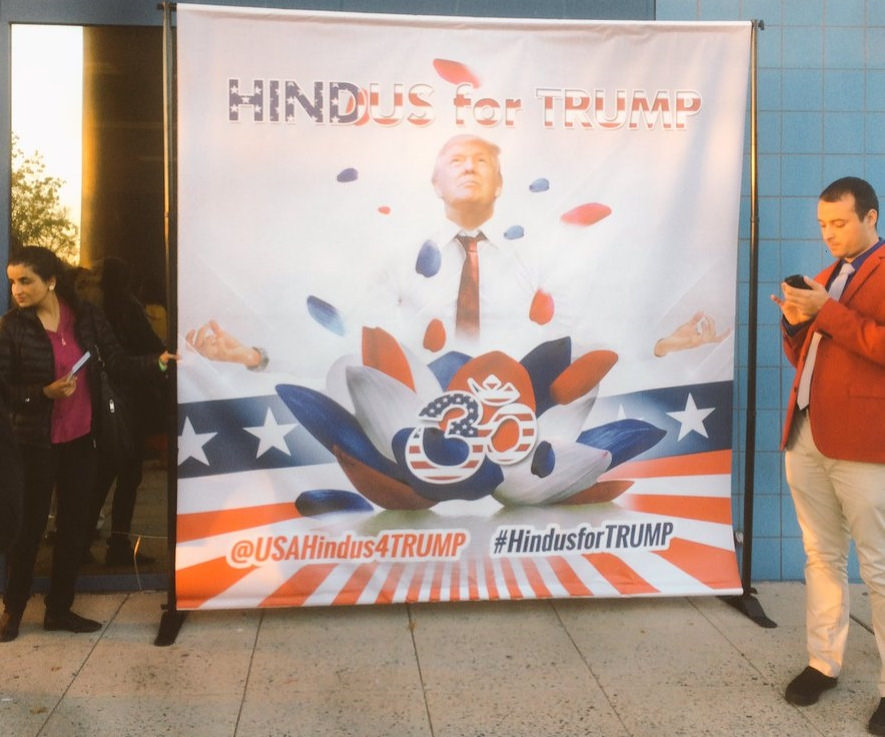
With the 2016 US presidential elections fast approaching, how will the Indian-Americans – the fastest-growing, 3.2-million-strong minority community – vote? Starting off as a small immigrant group back in the early 1800s, Indian-Americans now account for America’s second largest immigrant group. Indian Americans have a large presence in various fields, including business, medicine, and technology. This community is the most highly-educated minority in the country – nearly 70% of Indian Americans in the US have bachelor’s degrees compared to just 28% of Americans overall. Even in politics, the share of Indian-American representation is only rising.
The Indian-American community has voted largely for the Democrats perhaps in part due to the racialization of American politics. This mindset separates the electorate into two groups: the white population and the minority population. As a result, Indian-Americans are further united with all the other minorities, pushing them into the Democrat camp, which continues to become more diverse. However, if one looks closely at Indian-Americans, they could actually be a natural fit for the Republican Party for three important reasons.
First, they are one of the most successful minority groups in the entire country. Business success has a correlation to more conservative political leanings. Indian-American median annual household income of $88,000 is almost twice the average American equivalent, and also 33% higher than the average household income of Asians in the United States overall. These statistics reflect the community’s belief that with talent and hard work, success is possible without any help from the government – sound familiar?
Second, Indian-Americans also have strong family values as a result of cultural and religious traditions that are centuries old. Looking forward to 2016, the GOP is struggling to connect with minorities, and bringing Indian-Americans on board could help them increase their constituent diversity, and thereby credibility. This could enable the GOP to prepare the party for crucial changes to US demographics that could otherwise shift the political spectrum out from under their feet.
Third, most Indians who immigrated to the US moved because of the economic paralysis from Nehruvian socialism in India. This populace stands for economic opportunity in a free and competitive market — the same economic values that resonate with the GOP. In last year’s national elections back in India, the country’s center-right Bharatiya Janata Party leader, Narendra Modi, won a landslide election on the platform of economic growth and jobs, routing the leftist Congress party after a 10-year rule.
Indian-Americans here likewise showed overwhelming support for BJP’s Modi. Most of them still maintain strong ties to India, whether through travel, or teaching their children the language and culture. Let’s wait to see if the drastic shift in voting patterns back in India actually influences the sizable Indian-American community in next year’s elections in America.
Shalaka Joshi is an intern in the foreign and defense policy department of the American Enterprise Institute. This article first appeared on the AEI site.





When Indians in America get a bite of real racism, they will soon go running back to the Democrats.
Will Indian-American supporters of Modi really want to live in Modi’s India where religious and cultural fascism is implicitly approved by the ruling party? If the answer is yes, then they wouldn’t be an attractive proposition for either the Democrats or the Republicans.
I don’t think so!. The right wing politics of India & the US are completely different except for national security & business!. The buck stops here!.